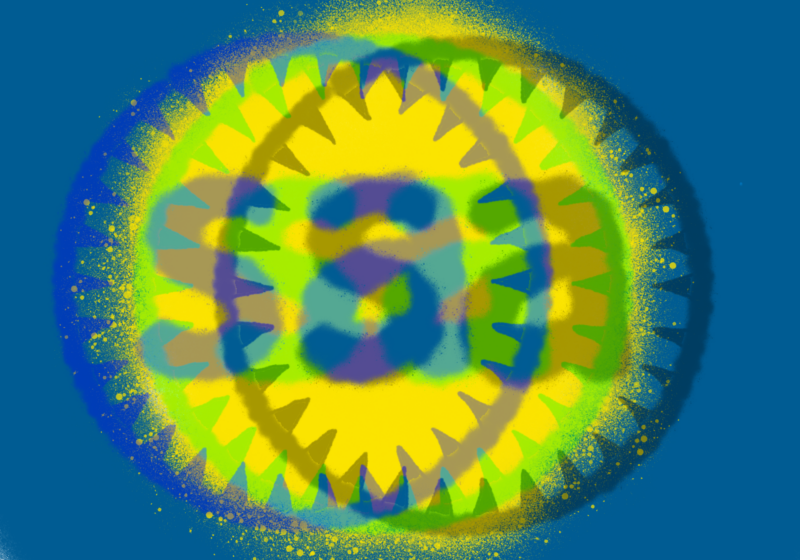Many would argue that attending a contemporary music concert is a different experience than going to see a Beethoven symphony or a Mozart opera. Even for a musician, these concerts are always a new surprise. (Literally, the music is new.) Works often go far beyond what typical “classical music” is like, using dissonance, strange rhythms, and extended techniques which are non-traditional methods of playing an instrument like plucking a piano’s strings. Works are often about concept and impression rather than about pleasure or feeling.
Attending these types of concerts, regardless whether you’re a musician, aficionado, or just curious, leaves you asking abstract questions: What is music? What constitutes as sound and what constitutes as music? Is there a difference? To take it a step further, how does funding work for these kinds of performances which are often misunderstood and underappreciated? How do composers nowadays manage to have their music played when they’re up against more popular and typical classical concerts?
OSSIA New Music’s (not an acronym, as you might think) concert on Feb. 22 in Kilbourn Hall at the Eastman School of Music had me pondering these questions. The program was made up of four pieces, one of them written this year by sophomore Haotian Yu, currently a composition student at Eastman. Even though ensemble size varies, the pieces were similar, with many dissonances, a lack of melody, and a lot of intricate rhythms, each one creating a particular atmosphere in the hall.
In the same way you need to read about the artist’s intent to understand most modern art, reading the program notes for contemporary music is essential. Rebecca Saunders’ “Vermillion,” for instance, was so calm and quiet because she was contemplating the qualities of silence when writing it.
Referring to program notes while letting myself be immersed in the ambiance of each piece shaped my perspective so that I did not feel completely lost in the midst of unfamiliarity. It improves your experience as a listener to understand why the composer did what they did. Still, throughout the whole experience, my curiosity about funding kept coming up. After all, not everyone has the determination to spend time pondering the artist’s intention rather than letting themselves “just enjoy it.” How is it that these concerts are put on when they are free of cost to attend?
OSSIA, a student-run organization at Eastman School of Music dating back to 1997, works to perform contemporary music, involve the community, and promote new composers. According to junior Mina Esary, treasurer and whip, their funding comes from the Howard Hanson fund and the Paul R. Judy Center and is distributed under the Institute for Music Leadership.
The Hanson Institute for American Music was established by Howard Hanson (one of America’s most prominent composers of the 20th century) in 1964 after retiring as director of the Eastman School. Its purpose is to promote American music and its funding derives primarily from his composition and recording royalties during his Eastman tenure. The Paul R. Judy Center is part of the Institute for Music Leadership of the Eastman School and offers grants for innovative ensembles. Many are reserved for Eastman faculty, students, and alumni.
It’s wonderful to see that Eastman is using the Hanson fund and the Judy Center grants to take part in patronizing such a talented and passionate ensemble and promoting new music that would otherwise seldom be performed. Take part in this movement and go to a new music concert when you get the chance. Using all available resources, try your best at understanding the composer’s intent and putting yourself in their shoes, immerse yourself in the music in the same way you would when listening to a symphony or popular song, and you will have a fulfilling experience. After all, weren’t Vincent van Gogh’s paintings rejected and unknown until late after his death? Or think of legendary composer J.S. Bach, whose work only started being recognized until the mid-1800s, over a century after his own demise.
We may not be able to respond to questions like “what is music?” concretely, but we are able to give music a powerful meaning through both the composer’s creativity and our own experience as an audience.
OSSIA New Music’s next concert will take place on April 12 8 p.m. in Kilbourn Hall at Eastman School of Music. All concerts are free admission.





